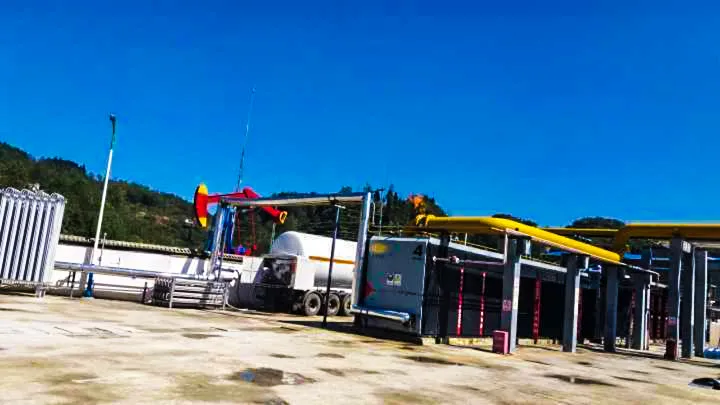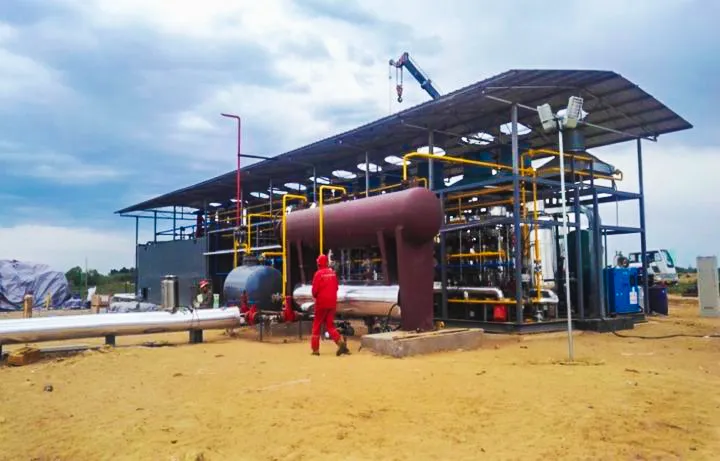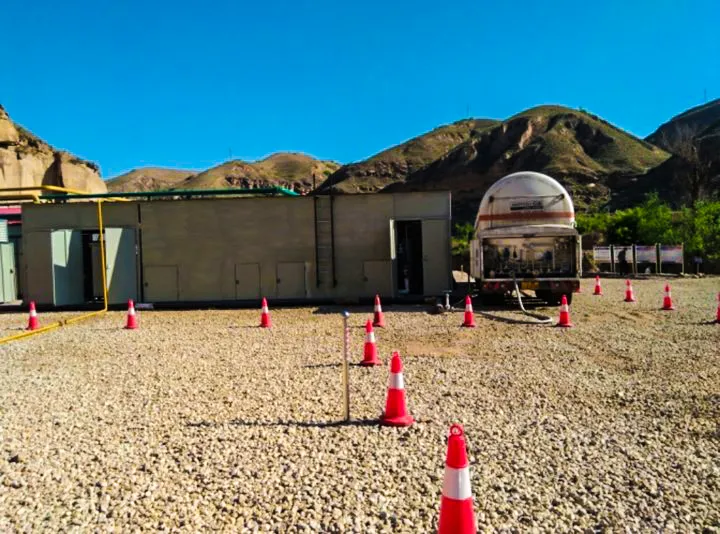What Is Shale Gas?
Definition of Shale Gas?

Shale gas is a unique kind of natural gas found within very fine-grained sedimentary rock formations sometimes referred to the shale. Natural gas is typically flowing freely through reservoirs that have porous walls; the release of Shale gas requires advanced drilling techniques to allow it to flow out.
Shale gas is primarily composed of methane (CH4), which is the same chemical element that makes up natural gas in all forms. There could also be trace amounts from propane and ethane, and various other hydrocarbons within the.
Key Differences Between Shale Gas and Conventional Natural Gas
| Aspect | Conventional Natural Gas | Shale Gas |
| Reservoirs | Stored in large, porous reservoirs | Dispersed within shale rock |
| Method of Extraction | Easier to extract using traditional drilling methods | Requires hydraulic fracturing and horizontal drilling |
| Costs of Production | Generally less costly to produce | Usually more expensive, but costs have decreased with technological advances |
How Is Shale Gas Extracted?
Shale gas extraction is dependent on two new technologies that have made a mark:
Hydraulic Fracturing (Fracking)
Hydraulic fracturing involves injecting high pressure fluid, usually water, mixed with sand, and other chemicals, into the shale formations. This creates cracks in the rock, which allow gas molecules trapped in the rock to escape to the.
Horizontal Drilling
Contrary to conventional vertical drilling, horizontal drilling extends horizontally the wellbore through the shale layer. This is a great way of increasing the amount of surface that is exposed to fractures. This allows for more efficient extraction and economically feasible.
Comparison with Traditional Extraction of Gas
| Aspect | Conventional Gas Extraction | Shale Gas Extraction |
| Drilling Method | Relies mainly on vertical wells | Requires horizontal, multi-stage wells |
| Accessibility of Resources | Limited to reservoirs that are economically viable | Fracking makes it possible to access resources previously considered uneconomical |
| Environmental Concerns | Comparatively simpler environmental management | More complex issues: high water usage, methane leakage, and potential seismic impacts |
Advantages of Shale Gas
Shale gas exploration has changed the landscape of energy, specifically within the United States. The advantages of this type of gas include:
Abundant Reserves
Shale formations are found in many areas of the world across the globe, comprising North America, China, and Europe with huge reserves of untapped resources.
Energy Independence
In many nations, shale gas helps reduce dependence on imports of gas and oil, which improves national energy security.
Lower Carbon Emissions than Coal
When it is burned, shale gas emits about 50% less carbon dioxide than coal, which makes it a more sustainable option for energy generation.
Bridge to Renewable Energy
While renewable sources such as wind and solar are gaining momentum but they are also facing intermittency issues. Shale gas is a reliable and low-carbon backup source for the transition.
The Future of Shale Gas
The importance of shale gas within our global system of energy is changing.
Shale gas is commonly referred to a “bridge fuel”, helping to reduce the dependence on coal and promoting the development of renewable energy.
Integration with renewable energy: Grid and storage technology improve, and shale gas may be a suitable partner to intermittent wind and solar power.
Technological Innovations: The latest advances with drilling technology, recycling water and carbon capture have made the extraction of shale gas more efficient and environmentally sustainable.
Yet, there are still challenges. Water contamination leakage of methane, as well as the impact on communities, continue to ignite discussion. Shale gas’ future depends on balancing the economic benefits with sustainable environmental practices.
KAITIANGAS: Your Professional Partner in Shale Gas Recovery

Established in 2002, KAITIANGAS specializes in the recovery and treatment of Shale Gas resources. The company focuses on the development, engineering design, and global promotion of Shale Gas recovery and liquefaction technologies and equipment. With proprietary intellectual property rights, mature system solutions, and a professional team, KAITIANGAS has successfully built and operated multiple wellhead LNG recovery projects in China, the Middle East, and Southeast Asia, accumulating extensive field experience and technical advantages
Conclusion and Outlook
What is the term “shale gas? Simply put, it is natural gas contained within the formations of shale rocks, which is extracted by using modern techniques such as horizontal drilling and hydraulic fracturing. Its importance lies not just in the huge reserves, however, but in the capability to increase security of energy, reduce carbon emissions than coal, and function as a fuel for transition towards an energy future that is renewable.
As the demand for energy in the world increases and the drive to decarbonize is intensified and shale gas is expected to remain an important element in the discussion. Being aware of its place as part of the mix for energy is vital to anyone who is looking to develop a future for green energy.






